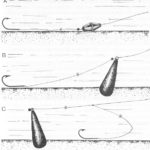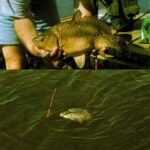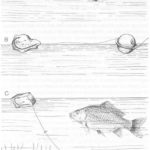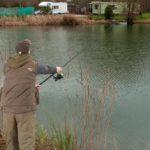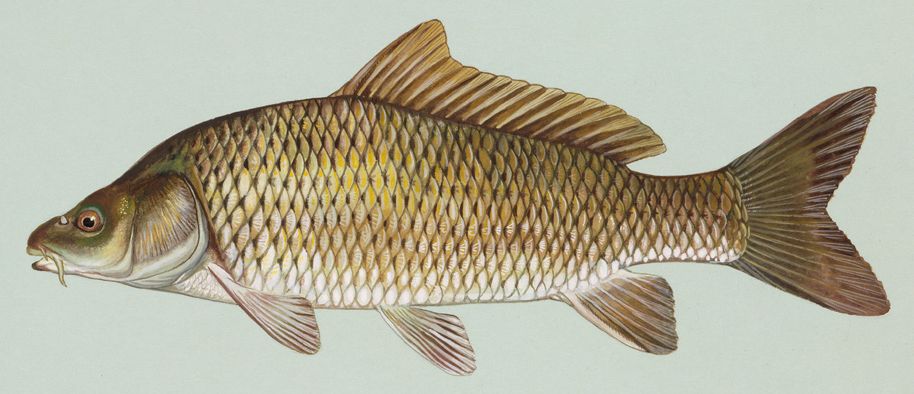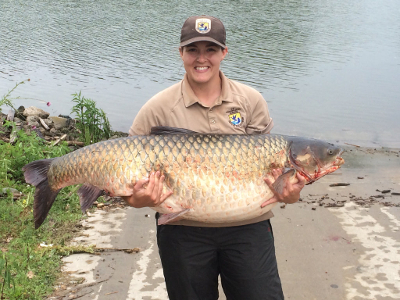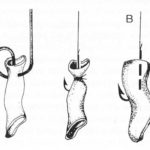Z jakim sprzętem wyruszyć na połów karpia.
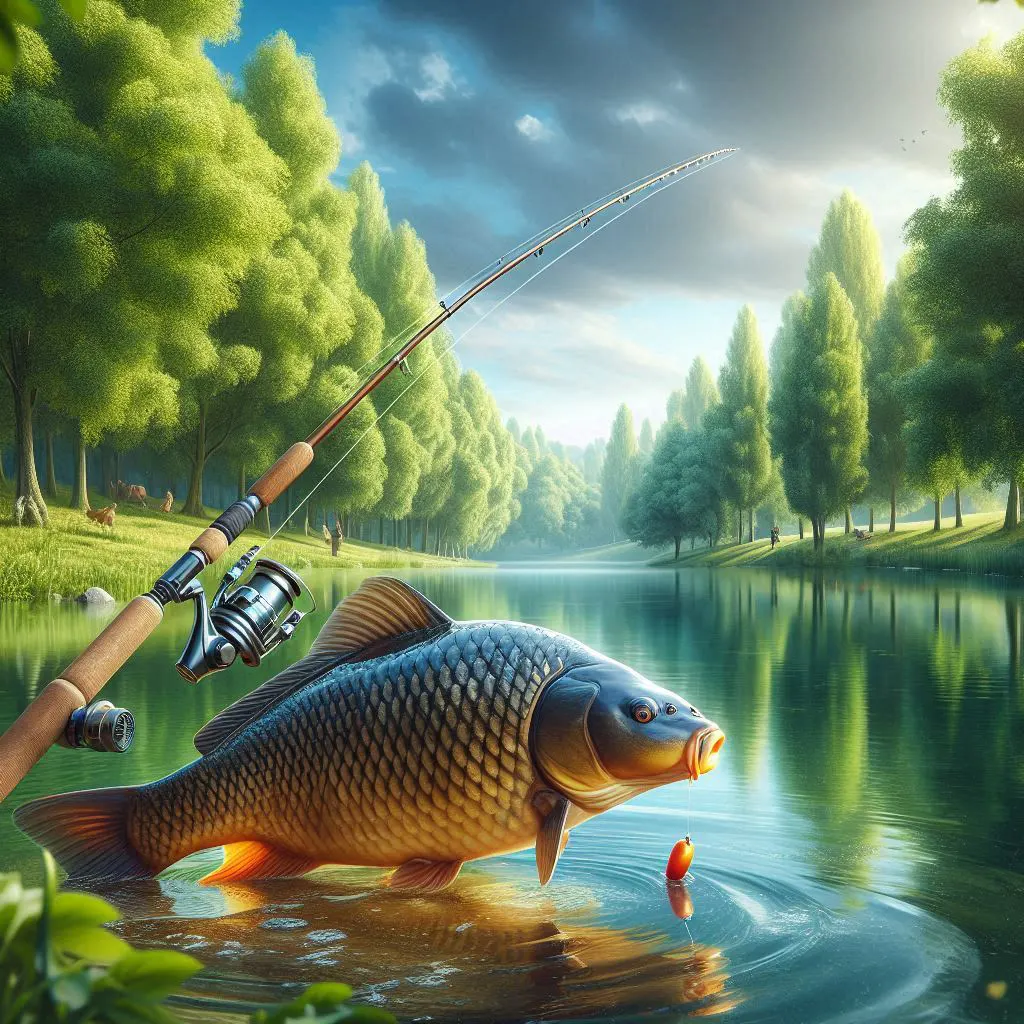
Jedną z charakterystycznych cech karpia jest jego bojowość, a zatem specjalny sprzęt przeznaczony do połowu karpia można uważać za coś oczywistego u przeciętnie wyposażonego wędkarza. Specjalista od karpi posiada sprzęt zróżnicowany ze względu na różne metody połowu. Zauważalna obecnie tendencja do wybierania jak najdelikatniejszego sprzętu tylko w pewnym stopniu dotyczy wędzisk karpiowych. Gdybyśmy brali pod uwagę czysto sportową stronę wędkarstwa moglibyśmy wybierać delikatny zestaw i walczyć z rybą w duchu „fair-play”. Na ogół jednak nie możemy sobie na to pozwolić, ponieważ na rybach nie jesteśmy z reguły sami i chyba nie mamy prawa psuć wyprawy sąsiadom dopuszczając do tego, żeby się nasz karp holowany na zbyt delikatnym wędzisku wplątał w ich zestawy. Problemy możemy mieć także ze stosowaniem ciężkich przynęt, których zbyt delikatną wędką nie będziemy mogli właściwie podać.
Za typowe wędziska karpiowe przeznaczone do połowu gruntówką z ciężkim ołowiem dennym w przestronniejszych wodach, gdzie konieczne jest zarzucanie na duże odległości, należy uważać wędziska o długości ponad 3 m, o półmiękkiej akcji i obciążalności do 60-80 g (a nawet większe, jeśli stosujemy „telewizorek”). Ich waga nie jest zbyt istotna, dlatego mogą być wykonane z mocniejszego i cięższego materiału; składane podwójnie, maksymalnie potrójnie, są odpowiedniejsze do tej metody niż teleskopowe. Nadaje się tu każdy duży typ kołowrotka o stałej szpuli, pod warunkiem, że mieści 150-180 m żyłki o grubości 0,30 mm. Żyłkę dobieramy – w zależności od charakteru łowiska i przewidywanych zdobyczy – raczej miększą o dużej wytrzymałości na węzłach; przeciętnie od 0,22 do 0,30 mm, mocniejszą tylko dla wyjątkowo ciężkich warunków. Jeśli używany twardszych żyłek, to powinniśmy zostawić większą rezerwę w docisku hamulca kołowrotka, by uniknąć zerwania zdobyczy w pierwszej fazie walki.
Przy połowie ze spławikiem odpowiedniejsze są jeszcze dłuższe — nawet 4,2-4,5 m – wędziska o półmiękkiej akcji, ogólnie delikatniejsze (obciążalność do 30-40 g). Teleskopowe są tutaj odpowiednie zwłaszcza dzięki lekkości, muszą jednak mieć tak rozmieszczone przelotki, by każdy odcinek wędziska był przy holowaniu proporcjonalnie obciążony.
Kołowrotek może być lżejszy, żyłki cieńsze i delikatniejsze.
W łatwych dla wędkowania, rozległych wodach, wystarczą żyłki 0,18-0,20 mm, w trudniejszych, gdzie możliwości manewru są ograniczone lepsze są żyłki do 0,28 mm, ponieważ dzięki swojej wytrzymałości skuteczniej wspomagają delikatne wędzisko. Mocniejszych żyłek, ze względu na delikatność wędziska, nie stosujemy. Ten typ wędziska można z powodzeniem stosować także przy połowach na skórkę od chleba. Wędkarze specjalizujący się w tym sposobie, powinni się zaopatrzyć w cięższy typ wędziska muchowego, a w miarę możności także w specjalny, pojemniejszy kołowrotek muchowy.
Poglądy na optymalną wielkość haczyków na karpia już omawialiśmy, podsumować je można wnioskiem, że najlepiej stosować haczyki od numerów 2—3 do 5-6. Istotniejsza jest tu raczej jakość materiału i sprawa wykonania; haczyk powinien być jak najcieńszy, ale bardzo wytrzymały, powinien też mieć mocny i wyrazisty zadzior, co jest ważne zwłaszcza przy długotrwałym holowaniu. Kolor haczyka nie ma większego znaczenia, natomiast ma znaczenie kształt łuku i długość trzonka, zwłaszcza w związku z używaną przynętą (dłuższy trzonek przy połowie na dżdżownice i im podobne przynęty, regularny łuk haczyka przy połowie na kukurydzę i groch).
Dla tych, obdarzonych romantyczną duszą, którzy czar wędkowania kojarzą z widokiem barwnego spławika unoszącego się na cichej toni, jego wybór stanowi prawdziwą uciechę. Jednak tutaj pod uwagę należy brać funkcjonalność tego elementu – jego zadaniem jest przecież utrzymywanie przynęty na wybranym miejscu i na odpowiednim poziomie wody oraz sygnalizowanie choćby minimalnego zainteresowania ryby przynętą. Dobry spławik powinien być możliwie lekki, o optymalnych własnościach hydrodynamicznych, a wyrazisty kolor może mieć jego antenka, lecz nie część dolna, widoczna dla ryb.
Obciążenie zestawu trzeba przy połowie karpia uznać za zło konieczne; im jest ono większe, tym gorzej. Każde obciążenie pozbawia zestaw czułości i wzbudza podejrzliwość ryb. Rozmaite innowacje mające na celu zastąpienie klasycznych ołowianych ciężarków, trzeba stanowczo w połowach karpia wykorzystywać (lodowe kostki, specjalne sposoby montowania i zestawiania obciążenia itp.). Chcąc zminimalizować wagę koniecznego obciążenia trzeba wybierać raczej mniejsze zło i dawać pierwszeństwo cieńszym żyłkom, ponieważ wraz z grubością żyłki masa koniecznego obciążenia wzrasta w postępie geometrycznym.
